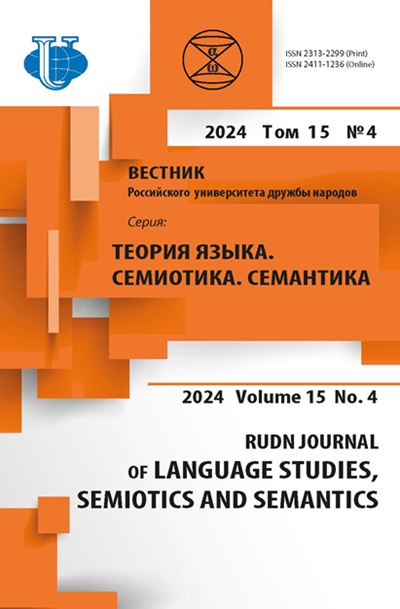Abstract
A comparative study of the semantics of idioms is one of the urgent issues which makes it possible to identify the specificity of the inner form and meaning. The article examines the semantics of English, German and Russian idioms that reflect values of responsibility, success, morality, analyzes the contexts of their use based on materials from the British National Corpus, the Corpus of Contemporary American English, the Corpus of the Institute of the German Language in Mannheim, and the Russian National Corpus. The relevance of the topic is due to the need to study the cultural specificity of images and meaning in different languages. The novelty of the work lies in the use of different methods and approaches to the study of the semantics of idioms that describe values. The results of research show that values are reflected in English, German and Russian through the prism of culture and social realities. The corpus analysis revealed additional shades of meaning, new meanings arising in contexts, features of the use of figurative idioms in speech. The analysis of idioms denoting values showed that the dictionary meaning and contextual one may not coincide, in contexts the English idiom a rolling moss (gathers no moss) has the meaning ‘you need to try, make attempts’, emphasizing the value of experience, movement, in German the value of movement for life is highlighted. In Russian, the lack of responsibility is fraught with risk and ease. Glory in English is transmitted through the image of light, warmth, in German - success, fame, in Russian - through the lexeme glory . The English glory idiom has an ‘undeserved, ostentatious’ component, which is not noted in Russian. Moral correctness is associated with an angel, purity in English, in German with truth, in Russian with light.













